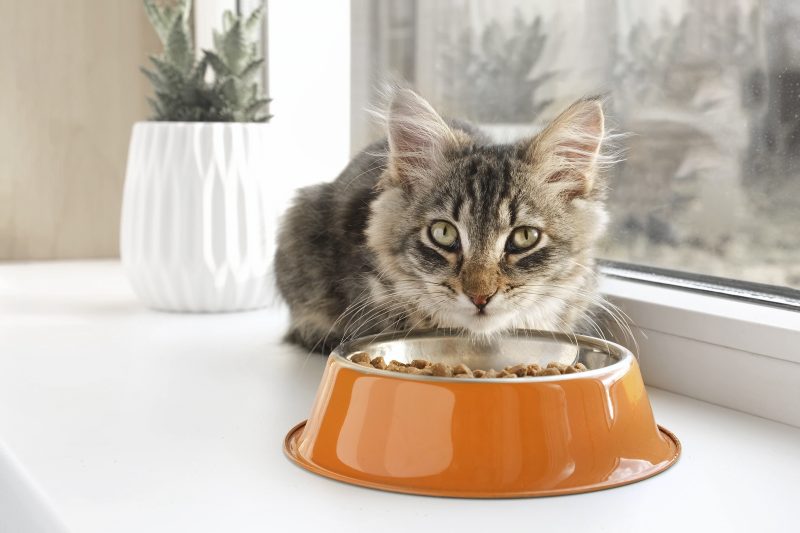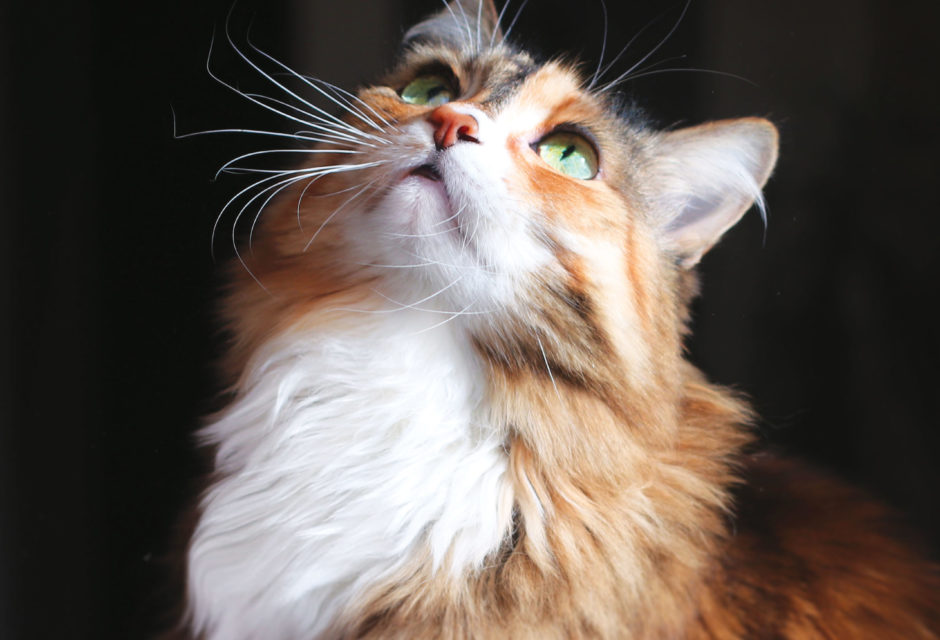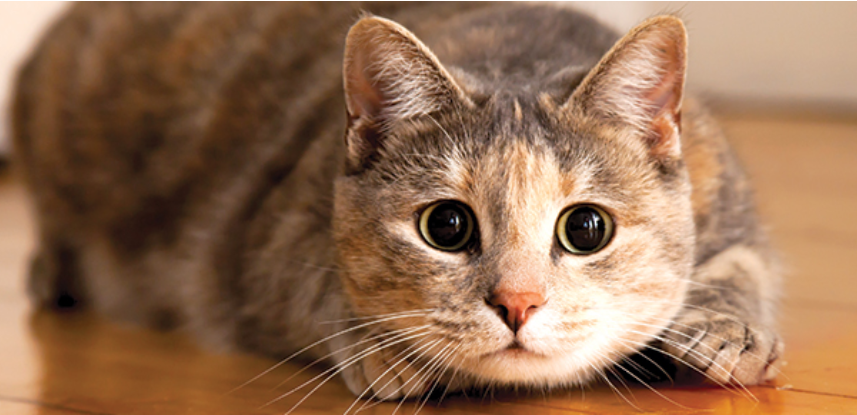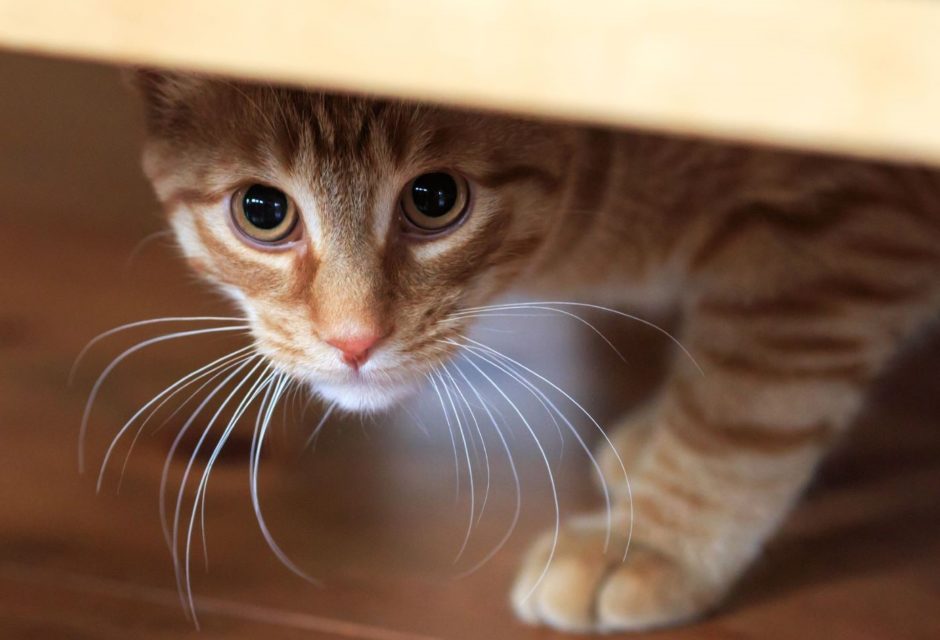
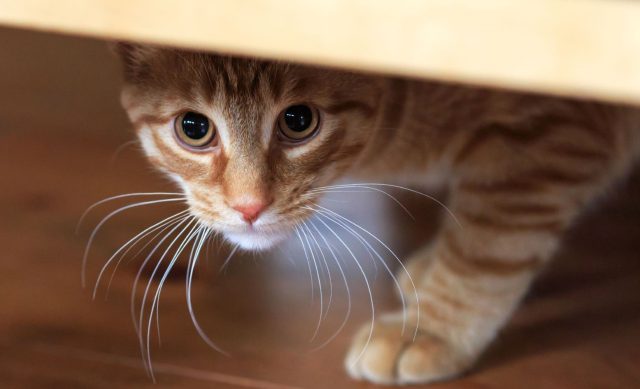
7 Ways to Help a Shy Cat Feel More Comfortable
If a shy cat has recently become a part of your family, it may be tempting to rush to show her how wonderful and safe your home is and how much love you have to offer. The problem though is that a shy or timid cat will view your attempts with worry and even fear. You can’t rush the process but there are some things you can do to gently help a shy cat begin to trust and feel less anxious. Here are some tips to get you started.
1. The Right Environment
You may have a big, beautiful house and you want your new cat to see how much space she’ll have, but for now, that environment is overwhelming. She needs a limited amount of space so she can get her bearings. Think about lighting and sound as well. Lower the lights so she doesn’t feel so exposed and make sure there’s no loud music playing or loud talking.
2. Provide Hiding Places
The ability to hide is a valuable coping mechanism. Don’t view it as a negative that the cat wants to hide. It’s while she’s hiding that she calms down and can start to evaluate her surroundings. To encourage a cat to begin investigating more of her territory, provide hiding options throughout the environment. Hiding places can be created by providing tunnels, cave-style cat beds, open boxes or paper bags placed on their sides or any other creative idea you come up with. If using paper bags though, be sure to remove any handles, and never use plastic bags.
3. Provide Scent Opportunities
For cats, scent is a valuable communication device. Help your cat get to know your scent while still able to remain in her comfort zone. Place some t-shirts or towels on the floor near her hiding places that contain your scent. This way, she can investigate and not have to worry about getting too close to you yet.
4. Use Food for Trust-Building
When you feed a shy cat, place the bowl where she feels most comfortable and then leave the room at first. You’ll work up to being able to stay in the room at a distance. Use scheduled meals so the cat starts to associate your presence with the delivery of food. Besides, a little bribery never hurts either, so carry some treats with you to gently toss nearby when you pass the cat or enter the room. I often use clicker training with shy cats so I can show them that even the smallest positive step will get them a food reward. You can learn more about clicker training a cat on my website or you can search the phrase online. Clicker training is a gentle training method that allows you to gently and gradually reward the cat for taking steps in the right direction.

Photo: bigstock.com/ivanolianto
5. Use Interactive Play
Play is a powerful trust-building tool if done the correct way. Use a fishing pole-type toy so it puts a distance between you and the cat. This will allow her to feel safe in her comfort zone. When you move the toy, don’t go toward the cat because that will put her on the defensive. Instead, gently move the toy across or away from her visual field to spark her play motivation. Make the movements easy and gentle for a shy cat. This isn’t the time to ask her to do backflips and race around the room. She may only be comfortable with reaching her paw out while remaining hidden.
6. Use Your Voice
While you may have had success with a puppy by using a high-pitched and excited voice, that isn’t going to be received well by a shy cat. Instead, speak in a gentle, quiet tone to help your cat get used to your presence. Cats react much better to calm, soothing voices over squealing, excited sounds. If there are children in your home, help them understand this concept as well when they first meet the new cat.
7. Let the Cat Set the Pace
If you want a cat to become comfortable, it’s important to let her control how and when she wants to interact and get closer to you. Don’t ever pull her out of a hiding place or rush the process of trust-building. Even if she walks out from hiding, don’t scoop her up in your arms to hold her. She needs to know she has the control to decide how close she wants to get and that she can retreat at any time. If you let the cat set the pace, while at the same time, showing her that she has nothing fear, she’ll soon realize she has found the perfect forever home. Other great tips to help improve your cats’ behavior.
Pam Johnson-Bennett
Certified Cat Behavior Consultant & Best-Selling Author
Pam Johnson-Bennett is a certified cat behavior consultant and best-selling author of 8 books on cat behavior. She starred in the Animal Planet series Psycho Kitty, seen in Canada and the UK. She was a vice president of the International Association of Animal Behavior Consultants and founded their cat division. She has served on an advisory board for the American Humane Association as well as other animal welfare organizations.
Pam is considered a pioneer in the field of cat behavior consulting, having started her career in 1982. Some of her books have been used as textbooks for behavior courses and she has influenced many practicing in the field today. Her book, Think Like a Cat, has been referred to as the cat bible.
Pam owns Cat Behavior Associates, located in Tennessee. She lives with her husband, two children, a rescued cat, and a rescued dog.
Join the newsletter and never miss out on cat content again!
"*" indicates required fields
By clicking the arrow, you agree to our web Terms of Use and Privacy & Cookie Policy. Easy unsubscribe links are provided in every email.






